Follow these 5 Off-season rules to recover from your 2017 season and be a better athlete in 2018.
- Take a break from it all.
Forget structured training. Forget looking at any training program. Once you have done necessary transition from your last race of the season, consider taking 10-14 days off from any planned training workouts. Take this opportunity to catch up with some tasks or maybe a social gathering with a friend or relative that you have passed up all year due to the demands of balancing work and training.
That does not mean that you would completely shy away from any form or exercise. Feeling sluggish? Do a short easy swim, bike, or run. If you live near a trail, go off-road! Or you might wanna visit your local gym for some needed functional strength training. The point is, you relieve your mental state too of having to follow a structured plan.
Two weeks of break from any structured triathlon training routine is just the right amount of time that you will not lose too much fitness, but will rejuvenate your mental and physical well-being you endured during your race season.
When you are approaching the final stretch of this break, you may want to contemplate now and review what was your shortcoming and weakness in triathlon. Which leads you to…
- Work on your weakest discipline.
If any of the swim, bike and run was your weakness, this is a perfect time to work on that discipline and focus on improving it. Whatever it is, your off-season will be geared towards improving the techniques and efficiency of movement of that discipline. Be careful not to confuse focusing on the discipline by just adding mileage. Fix the weakness by focusing on drills that will improve your movement efficiency.
This means that drills and technique workouts should be relatively short and will not burden your off-season time. For example, if running was your weakest discipline, allocate a twice a week drill and technique session which includes high steps, lunges and walking lunges, fast feet cadence drills, etc. You may find this video helpful (https://www.youtube.com/watch?v=mAiAvupFT6g). Incorporate a short 5k time-trial if you wish and consider it the longest run of the week. Or as a bonus, join a 5k park run or any 5k category from your local fun runs.
You improve your form, and at the same time, improve your speed in so little time.
- Go off-road.
If you live near trails, it is also a perfect time to go off-road and consider trail running, hiking or even mountain /cross country biking. While it does not veer to much away from the usual triathlon disciplines, for most of us, we have not experienced what the off-road trails has to offer. Aside from the spectacular view, depending on your location, trail running will improve and recruit muscle fibers that are not usually used when doing running on flat roads.
If you are inexperienced, go with a guide or a friend who can show you how to safely tackle off-roading activities.
- Get stronger.
The goal here is not to do body building, but to improve your functional strength in preparation for your next season. Doing the work in the gym means you are building a stronger body that can withhold the triathlon training that you will do all season long.
This is the opportunity to increase the raw power from your large muscle groups. When you are deep into your racing season, strength training usually takes a back seat, and a program or your coach can only allot minimal time.
You might gain a few pounds, but mostly this will be muscle. Don’t worry when you start your typical swim, bike, and run routine, you might feel heavy and sluggish. But as the season goes along and you shed the weight, the power will remain, resulting to a better power-to-weight ratio. This will be especially useful in your bike performance.
- Don’t always go Long and Easy. Think Short and intense.
One misconception in the off-season is the necessary rule to do easy and long sessions or long aerobic workouts. Instead of doing a marathon in January of February, why not focus on improving your 5k or 10k personal record?
Doing short but intense run or bike sessions will boost your lactate threshold and power output.
The drill and technique you mastered early in the off-season will be particularly useful when doing these short and fast workouts. It is easy to hold on the form and technique when the sessions are short, instead of long workouts that when fatigue gets in the way, technique suffers the most.
Another bonus is that the time spent on this short workouts means more time to do something else in the off-season.
Enjoy your off-season!



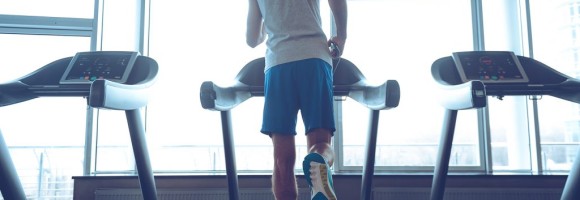

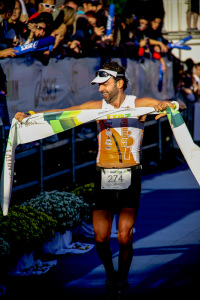
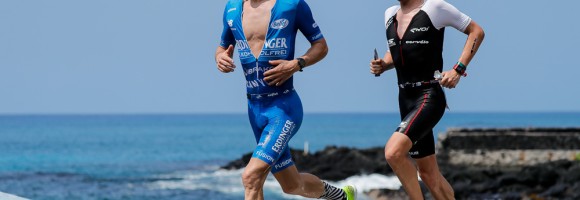
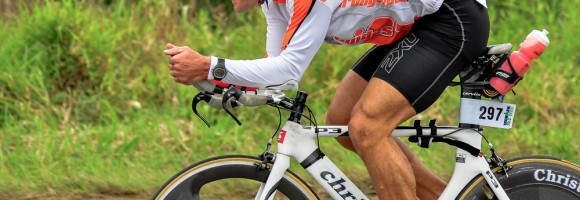



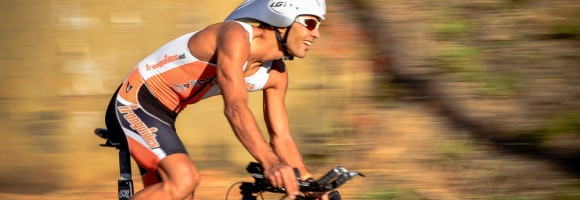
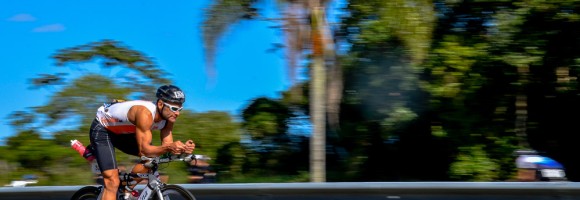
Recent Comments